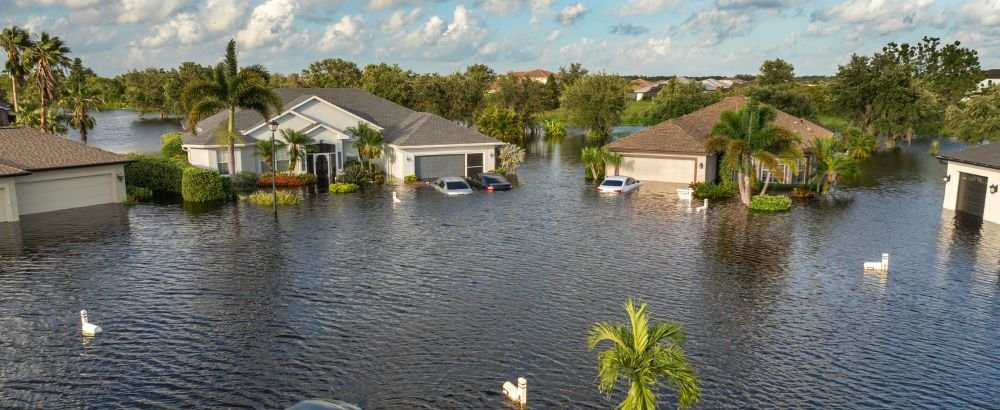Why knowing the difference can make or break your financial recovery after a storm
Most people assume they’re covered for storm damage — until they file a claim and discover what wasn’t included. With hurricane season heating up, now is the time to make sure your protection actually matches your exposure.
For personal and commercial clients alike, understanding how your policy treats wind, water, and what’s between can be the difference between full recovery and unexpected loss.
Why Coverage Confusion Happens
Storms are messy. And so is the coverage language that governs them. The most common source of misunderstanding? Clients often don’t realize that damage caused by wind and flood is treated as two entirely different risks — even if they happen in the same event.
That distinction isn’t just legal jargon — it impacts whether your claim is paid, how it’s processed, and how much you may receive.
Breaking It Down: What’s Typically Covered — and What’s Not
| Type of Damage | Typically Covered Under | Coverage Details |
| Roof damage from high winds | Standard homeowners/commercial policy | Often subject to a separate windstorm or hurricane deductible |
| Broken windows, flying debris | Standard policy (under wind peril) | Covered, but check deductible and limit caps |
| Water entering through wind damage | May be covered under standard policy | If the wind causes an opening (e.g., roof breach), resulting water damage is covered |
| Storm surge, flash flooding | Not covered under standard policy | Requires a separate flood policy (FEMA or private) |
| Sewer backup or rising groundwater | Typically excluded without added endorsement | Check if your policy includes a sewer backup or sump pump overflow rider |
| Mold resulting from flood | Usually excluded | May only be covered if related to a covered peril and mitigated properly |
The “Gray Zone” Risk
Here’s where things get even trickier: sometimes it’s hard to determine whether wind or water caused the damage first. Carriers may push back, especially in major hurricanes where both are at play.
If you don’t have flood coverage and the carrier attributes damage to storm surge or rising water, your claim could be denied entirely, even if your home or business was nearly destroyed.
Myth vs. Fact
Myth: “If the hurricane caused the flooding, it’s covered.”
Fact: Unless you have a separate flood policy, it’s not — even if the flooding followed a named storm.
Myth: “I live inland, so I don’t need flood insurance.”
Fact: More than 20% of all flood claims occur in areas considered “low to moderate” risk.
Myth: “Business interruption coverage kicks in automatically if my office floods.”
Fact: Most policies require physical damage from a covered cause of loss — and if flood isn’t covered, BI likely isn’t either.
What You Should Do Now
Whether you’re a homeowner, landlord, or business owner, take the time to:
- Review both your property and flood policies side by side
- Understand your windstorm and hurricane deductible structure
- Check for any exclusions or sublimits related to water damage, mold, or business interruption
- Talk to your Liberty advisor about endorsements that can close key gaps
Final Thought: A Storm Doesn’t Care What’s “Covered”
Storms don’t follow policy language. But insurance does. That’s why understanding where your policy draws the line — and making sure that line works in your favor — is one of the smartest things you can do this season.
Ask your Liberty advisor to help you review your policies and spot any gaps — before the next storm tests your coverage. If you’re not sure who to contact, start here: https://libertycompany.com/contact/





